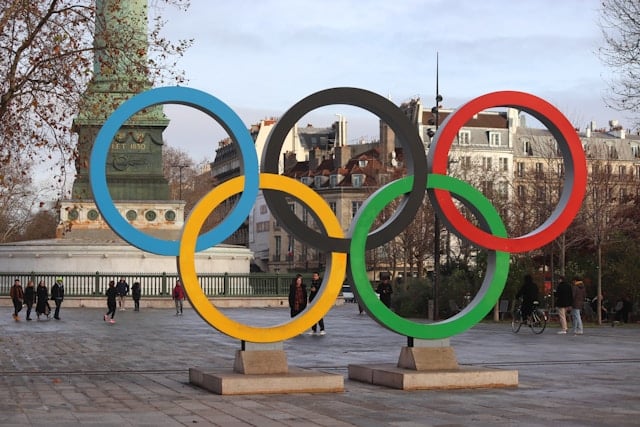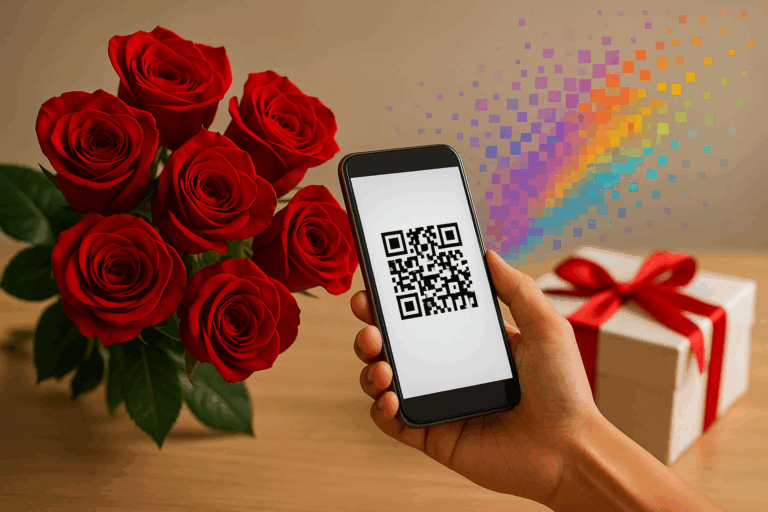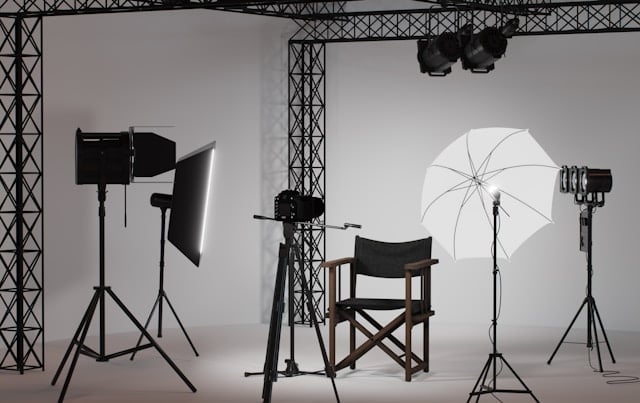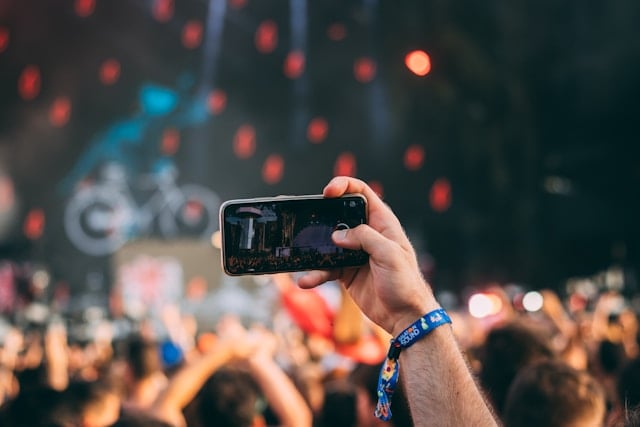The FIFA World Cup and Olympic Games aren’t just sporting spectacles; they’re global marketing goldmines. Over the last three decades, brands have leveraged these mega-events to connect with fans, create unforgettable experiences, and push the boundaries of advertising. From Nike’s iconic commercials to Coca-Cola’s immersive fan tours, these activations reveal how creativity, technology, and fan-first thinking can amplify brand impact.
Whether you’re a marketer looking for inspiration or a fan curious about how global brands engage audiences, this retrospective covers some of the most memorable activations and lessons from the past 30 years.
FIFA World Cup Marketing Activations
For fans looking for the most exciting and engaging brand activations that will surely capture your attention during the 2026 FIFA World Cup, be sure to check out Ultimate Guide to FIFA World Cup 2026’s Most Exciting Brand Activations Fans Will Love, which highlights the fan-centric campaigns that will keep you cheering!
Over the years, brands have creatively harnessed the global stage of the FIFA World Cup to engage with millions of fans, blending culture, football, and cutting-edge technology. Here are some of the most iconic and innovative marketing activations from past World Cups that have left a lasting impact on both the sport and the marketing world.
1998 – Nike “Airport” (Advertising)
Nike captured the joyful flair of Brazilian football ahead of the 1998 France World Cup. Featuring Ronaldo, Rivaldo, Romário, and Roberto Carlos juggling a football through a bustling airport to the tune of “Mas Que Nada,” the ad became a viral sensation. Eric Cantona made a cameo, adding pop-culture flair.
Why it mattered:
- For Nike: Elevated the brand’s association with creativity and global football culture.
- For fans: Fun, relatable, and visually impressive, cementing the campaign in football memory.
- For the sport: Showcased football as playful, artistic, and globally engaging.
The “Airport” campaign had a significant impact on both Nike’s brand and the global football scene. The ad contributed to a massive uptick in brand recognition, especially in key markets like Brazil, where football is deeply ingrained in the culture. It is widely considered a key moment in Nike’s long-standing relationship with football and paved the way for even more groundbreaking campaigns in subsequent World Cups. The ad’s viral success and widespread social media sharing also helped it reach millions beyond traditional advertising channels, making it one of the first viral football ads that transcended the event itself.
2002 – Nike “Secret Tournament” (Advertising/Experiential)
Ahead of the Korea/Japan World Cup, Nike launched the cinematic “Secret Tournament featuring 24 world-class players in an underground 3v3 tournament on a cargo ship. Hosted by Eric Cantona, the campaign built hype weeks in advance with teaser trailers.
Why it mattered:
- For Nike: $70M campaign strengthened its dominance against Adidas and drove merchandise sales.
- For fans: A dream scenario, showcasing outrageous skills and star power.
- For the sport: Celebrated footballers as global heroes, enhancing the sport’s entertainment value.
The “Secret Tournament” was a massive success, both in terms of viewership and cultural impact. The campaign generated millions of views and widespread media coverage, helping Nike outpace Adidas in the battle for football market dominance. The ad became iconic, widely regarded as one of the best football ads ever produced. The partnership between football and entertainment flourished, as the ad’s cinematic feel pushed the boundaries of traditional sports marketing. Moreover, the campaign led to a surge in Nike product sales, with fans flocking to stores to get the same gear seen on their favorite players. The immersive nature of the campaign set a new standard for sports marketing, blending advertising with experiential elements that drew in fans and elevated the entire World Cup experience.
2002 – McDonald’s Player Escort Program (Fan Engagement)
McDonald’s allowed children to walk onto the pitch hand-in-hand with players, creating a heartwarming connection. By 2014, over 6,000 children had participated.
Why it mattered:
- For McDonald’s: Humanized the brand, aligning with family values.
- For fans: Made matches inclusive and emotionally engaging.
- For football: Inspired the next generation of fans.
The Player Escort Program became a resounding success, not only in terms of participation but also in its broad media coverage. Interviews with children and their families after the broadcast were featured across major news networks, further amplifying the emotional connection and reinforcing McDonald’s commitment to family values. The program’s global reach created a lasting impact, becoming one of the most memorable and heartwarming fan engagement initiatives in World Cup history. The emotional depth of the campaign led to increased brand loyalty and positive associations with McDonald’s, as it demonstrated the brand’s ability to create meaningful, unforgettable experiences for fans worldwide.
2006 – Hyundai “Be There With Hyundai” Slogan Contest
Hyundai invited fans to create slogans for national teams displayed on official buses. Winners received trips and tickets.
Why it mattered:
- For Hyundai: Linked the brand to national pride and fan passion.
- For fans: Offered a tangible way to participate in the World Cup experience.
The “Be There With Hyundai” slogan contest became a highly successful activation, with widespread participation from fans around the world. The campaign generated significant media buzz, with coverage highlighting the emotional connection between the brand, fans, and the World Cup. The contest also helped Hyundai solidify its association with football culture, reinforcing its position as a sponsor that prioritizes fan engagement and involvement. The slogan contest’s results were evident in the increased brand visibility and positive sentiment generated among football fans globally, enhancing Hyundai’s image as a supporter of sports and national pride.
2006 – Coca-Cola FIFA World Cup Trophy Tour (Experiential)
Coca-Cola brought the actual World Cup Trophy to 78 countries before Germany 2006, allowing fans to see it up close.
Why it mattered:
- For Coca-Cola: Immersive, fan-first marketing built global brand association.
- For fans: Unique once-in-a-lifetime engagement.
- For the sport: Democratized access to the game’s most iconic symbol.
The Coca-Cola FIFA World Cup Trophy Tour was an enormous success, with millions of fans attending events and participating in the festivities. It generated extensive media coverage, further enhancing Coca-Cola’s brand image as a major supporter of football worldwide. The campaign was seen as one of the most successful experiential marketing activations of its time, with fans from all over the world sharing their experiences on social media, amplifying Coca-Cola’s visibility.
2010 – Coca-Cola “Wavin’ Flag” Campaign (Music & Fan Celebration)
Partnering with K’naan, Coca-Cola created a global anthem and integrated it into video content, fan engagement, and live stadium events.
Why it mattered:
- Embedded the brand into fan culture worldwide.
- Turned passive viewers into active participants in celebrations.
- Strengthened football’s emotional and cultural connection with fans.
The “Wavin’ Flag” campaign was a massive success, both for Coca-Cola and for the World Cup. The song became a global hit, with millions of fans around the world embracing it as the soundtrack of the tournament. Coca-Cola’s TV commercials featuring the song reached billions of viewers globally, creating a deep emotional connection with the brand. The song’s viral success, coupled with fan participation in live events and social media, helped Coca-Cola increase its visibility and engagement across key markets. The campaign also significantly boosted brand sentiment, as fans associated Coca-Cola with the joy and excitement of the World Cup. The success of the “Wavin’ Flag” campaign proved that music, combined with fan celebration, could be a powerful tool for creating unforgettable brand experiences.v
2014 – Adidas “Brazuca” Ball Naming & Coca-Cola “Happiness Flag” (Fan Engagement)
In 2014, Adidas and Coca-Cola created two groundbreaking campaigns that deeply engaged fans and empowered them to be part of the World Cup experience.
Adidas invited fans from around the world to name the official World Cup ball, leading to the selection of the name “Brazuca.” More than 1 million fans have voted to pick the name. This initiative sparked excitement and gave fans a chance to directly influence one of the most iconic symbols of the tournament. The name, reflecting Brazil’s vibrant culture, quickly became synonymous with the World Cup.
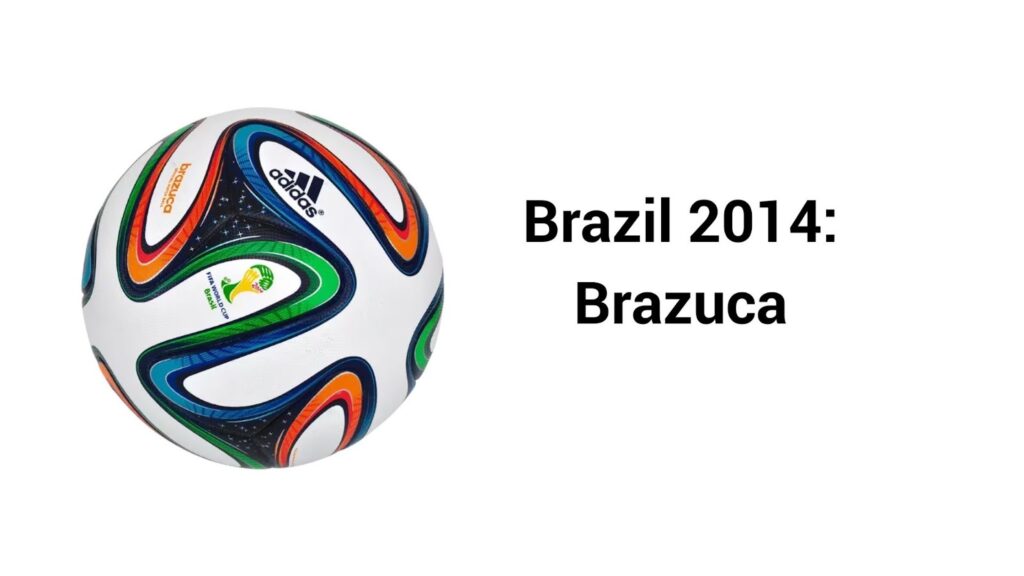
Meanwhile, Coca-Cola took fan engagement to the next level with its “Happiness Flag.” The company created a massive 3,015 m² photomosaic flag made up of over 200,000 fan-submitted photos, visually uniting football supporters from around the globe. Fans could submit their pictures, making them part of the World Cup’s official visual celebration. The final flag was unveiled at the World Cup, creating a powerful and emotional moment of unity for fans worldwide.

Why it mattered:
- Empowered fans to leave a lasting mark on the tournament.
- Reinforced brand association with inclusion, participation, and global engagement.
2014 – McDonald’s “GOL!” Trick-Shot AR Campaign
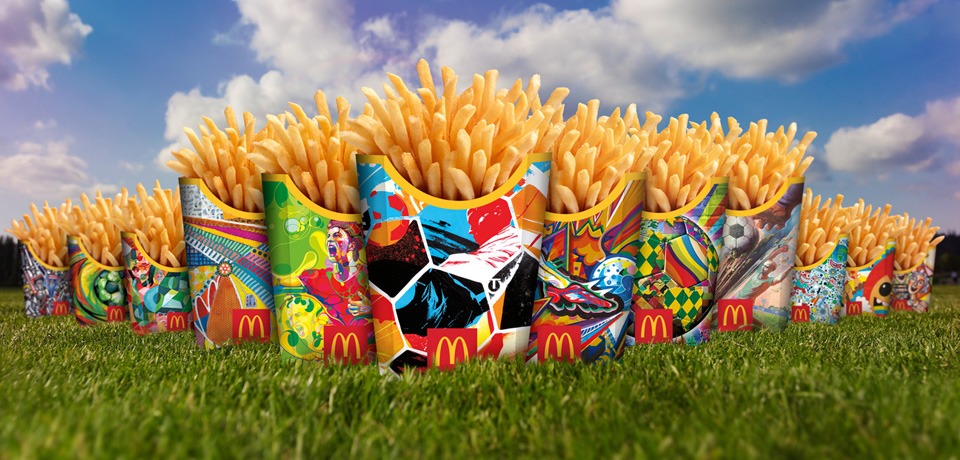
McDonald’s combined viral trick-shot videos with an AR game. Fans could scan fry boxes to play virtual soccer challenges.
Why it mattered:
- For McDonald’s: Modernized engagement through digital innovation.
- For fans: Interactive, playful experience at home and on the go.
- For the sport: Highlighted grassroots skill and creativity.
2018 – FIFA “#RivalHug” Campaign & Budweiser “Light Up the World Cup”
FIFA encouraged rival fans to hug and share on social media, driving 26,000 posts and 221M impressions. Later, they announced the winners and gained extensive coverage.
Budweiser created noise-activated Red Light Cups for stadiums and fan zones worldwide.
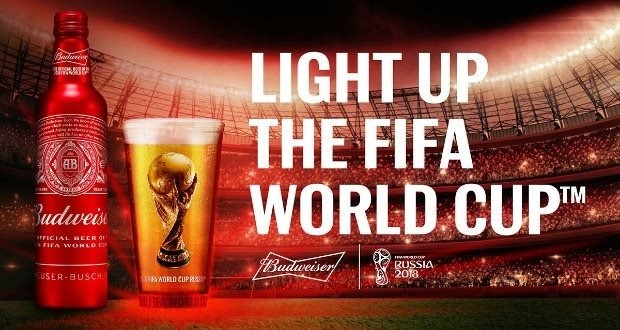
Why it mattered:
- Turned fans into active participants.
- Generated global buzz and emotional connection.
- Reinforced the social and cultural significance of football.
2019 – Nike “Dream Further” & LUNA Bar Equal Pay Bonus
In 2019, Nike launched the “Dream Further” campaign to celebrate women’s football, featuring an immersive, interactive advertisement highlighting a young girl joining football stars on the field. The ad, which was both empowering and inspiring, aimed to showcase the aspirations of young girls dreaming of following in the footsteps of their football heroes.
Alongside this, LUNA Bar partnered with the U.S. Women’s National Team by funding equal pay bonuses, a bold and impactful move that aligned the brand with social justice and gender equality in sports.
Why it mattered:
- Showcased innovative approaches for women’s sports marketing.
- Strengthened brand loyalty by championing fairness and inclusion.
2022 – Visa “Masters of Movement” & Coca-Cola Panini Digital Album
- Visa’s tech-driven fan experience turned player movements into NFT art.
- Coca-Cola’s digital sticker album engaged 27M fans globally, modernizing a beloved tradition.
Why it mattered:
- Pushed the boundaries of digital fan engagement.
- Encouraged participation from tech-savvy younger audiences.
- Platforms like BrandLens show how brands can efficiently capture, manage, and showcase fan-generated content at large-scale events.
2023 – Nike “#LikeALioness” & Orange France “Les Bleus/Les Bleues”
Nike launched a TikTok challenge celebrating England’s Lionesses, generating viral UGC. The campaign encouraged fans to join the #LikeALioness challenge by creating their own content and celebrating women’s football. This viral campaign turned fans into active participants, amplifying the visibility of women’s sports and highlighting Nike’s commitment to equality in football.
For easy UGC campaign management, you can use BrandLens to efficiently capture, curate, and showcase fan-generated content at scale.
Orange France’s viral ad exposed gender bias by switching clips of male and female players, emphasizing equality.
Why it mattered:
- Modernized fan participation through social and digital channels.
- Reinforced brand alignment with social values and women’s sports.
- For marketers seeking actionable inspiration, see BrandLens’ Guide to FIFA 2026 Brand Activations Fans Will Love for examples of engaging fan activations and innovative campaigns.
Olympic Games Marketing Activations
As the World Cup celebrates the global love for football, the Olympic Games represent another monumental stage for brands to engage with a worldwide audience. Like the World Cup, the Olympics showcase human achievement on a global scale, but with a broader array of sports and a focus on national pride, unity, and the pursuit of excellence.
Over the years, brands have harnessed the power of the Games to create unforgettable marketing activations that transcend sports, inspire fans, and drive cultural conversations. Here are some standout marketing activations from past Olympic Games that not only captured the spirit of the event but also left a lasting impact on the marketing landscape:
2008 – Lenovo “Voices of the Olympic Games”
Lenovo’s “Voices of the Olympic Games” campaign provided a platform for 100 athletes to blog about their training, experiences, and life in the Olympic Village, offering fans an intimate look at the human side of the Games. By giving athletes a voice to share their personal stories, Lenovo created a unique and engaging experience that allowed fans to connect with their heroes on a deeper level.
The campaign generated significant media coverage and drew millions of fans to the Lenovo platform, where they could engage with athletes through blog posts, comments, and videos. Lenovo’s integration with the Olympic Games created a strong association between the brand and the global celebration of human achievement. The initiative also fostered a sense of community among fans, making them feel more connected to the athletes and the Games. As a result, Lenovo’s brand awareness and perception soared, and the campaign became a case study in effective digital and experiential marketing during the Olympics.
2008–2012 – Visa “Go World” Global Cheer Campaign
Fans submitted cheers via social media, many featured in TV ads, directly amplifying engagement and brand visibility.
The campaign achieved massive success, with thousands of fan-submitted cheers, creating a viral wave of user-generated content across social media platforms. Visa’s TV ads with fan cheers helped to amplify brand visibility, generating millions of impressions globally. The campaign also increased Visa’s brand affinity, as fans felt they were an integral part of the Olympic Games.

2012 – P&G “Thank You, Mom”
Celebrated the mothers behind Olympians with heartfelt ads, experiential activations, and social campaigns.
The “Thank You, Mom” campaign became one of the most successful and memorable Olympic marketing initiatives. It generated widespread media attention and became an emotional talking point for audiences, increasing P&G’s emotional brand connection with consumers. The campaign resulted in high engagement on social media, millions of views of the ads, and substantial increases in brand loyalty. It was hailed as a prime example of using emotional storytelling to build a connection with consumers and drive sales.
2012 – Nike “Find Your Greatness”
Ambush marketing campaign highlighting ordinary athletes worldwide, encouraging everyone to achieve their potential.
The “Find Your Greatness” campaign sparked a global conversation about personal achievement and empowerment. While it wasn’t an official Olympic campaign, it captured attention worldwide through digital and social media, generating millions of views and widespread discussion. The campaign reinforced Nike’s position as a leader in sports marketing and helped the brand deepen its connection with everyday athletes, broadening its appeal far beyond the Olympic Games.
2016 – Under Armour “Rule Yourself”
Showcased Michael Phelps’ intense training regimen, inspiring fans with authenticity and dedication.
The “Rule Yourself” campaign was one of Under Armour’s most successful, drawing significant attention across social media platforms and digital channels. The ad, which became a viral sensation, reinforced Under Armour’s image as a brand for serious athletes. Phelps’ personal story resonated deeply with fans, increasing Under Armour’s brand loyalty and driving sales, especially during the Olympics. The campaign helped Under Armour gain significant traction in the competitive sportswear market, particularly among consumers who valued dedication and authenticity.
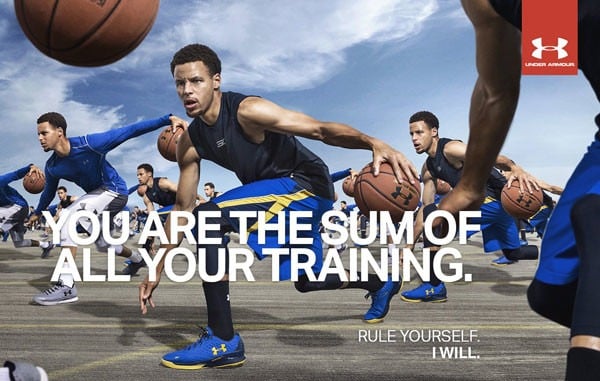
2018 – Intel Drone Light Show (PyeongChang)
During the 2018 PyeongChang Winter Olympics, Intel set a Guinness World Record with a stunning drone light show featuring 1,218 drones during the opening ceremony. This breathtaking visual display merged technology and art, showcasing Intel’s innovative capabilities while adding a futuristic dimension to the Olympic Games.
The drone light show received massive global attention, with millions of viewers watching in awe during the opening ceremony. It garnered extensive media coverage and became a viral moment on social media, boosting Intel’s visibility and reinforcing its association with technological innovation.
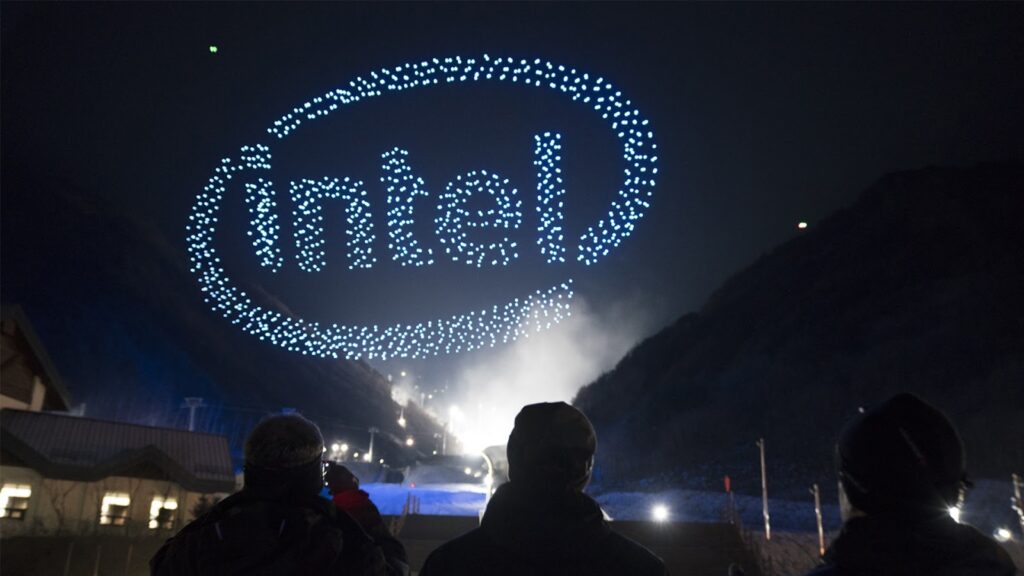
2020 – Airbnb Olympian Online Experiences
During the COVID-19 pandemic, Airbnb launched the “Olympian Online Experiences” campaign, providing fans with a chance to connect virtually with Olympians. These interactive online sessions allowed fans to learn from their favorite athletes, hear about their personal journeys, and engage in live, personalized experiences. From cooking classes with Olympic chefs to fitness sessions led by Olympians, these virtual experiences brought fans closer to the Games during a time when physical events were not possible.
The “Olympian Online Experiences” campaign achieved impressive results, with Airbnb successfully engaging fans in a time when traditional Olympic events were either canceled or held without spectators. The virtual sessions drew widespread media attention and created a sense of global unity as fans connected with Olympians from the safety of their homes.
Over 30 years, brands have used creativity, technology, and social connection to turn sporting events into global marketing stages. From Nike’s playful World Cup ads to Coca-Cola’s immersive Trophy Tours and Panini albums, these campaigns show the evolving ways brands engage fans, inspire participation, and leave lasting impressions. For marketers, the lesson is clear: the best activations focus on fans first, blending storytelling, technology, and inclusivity to create unforgettable experiences.

